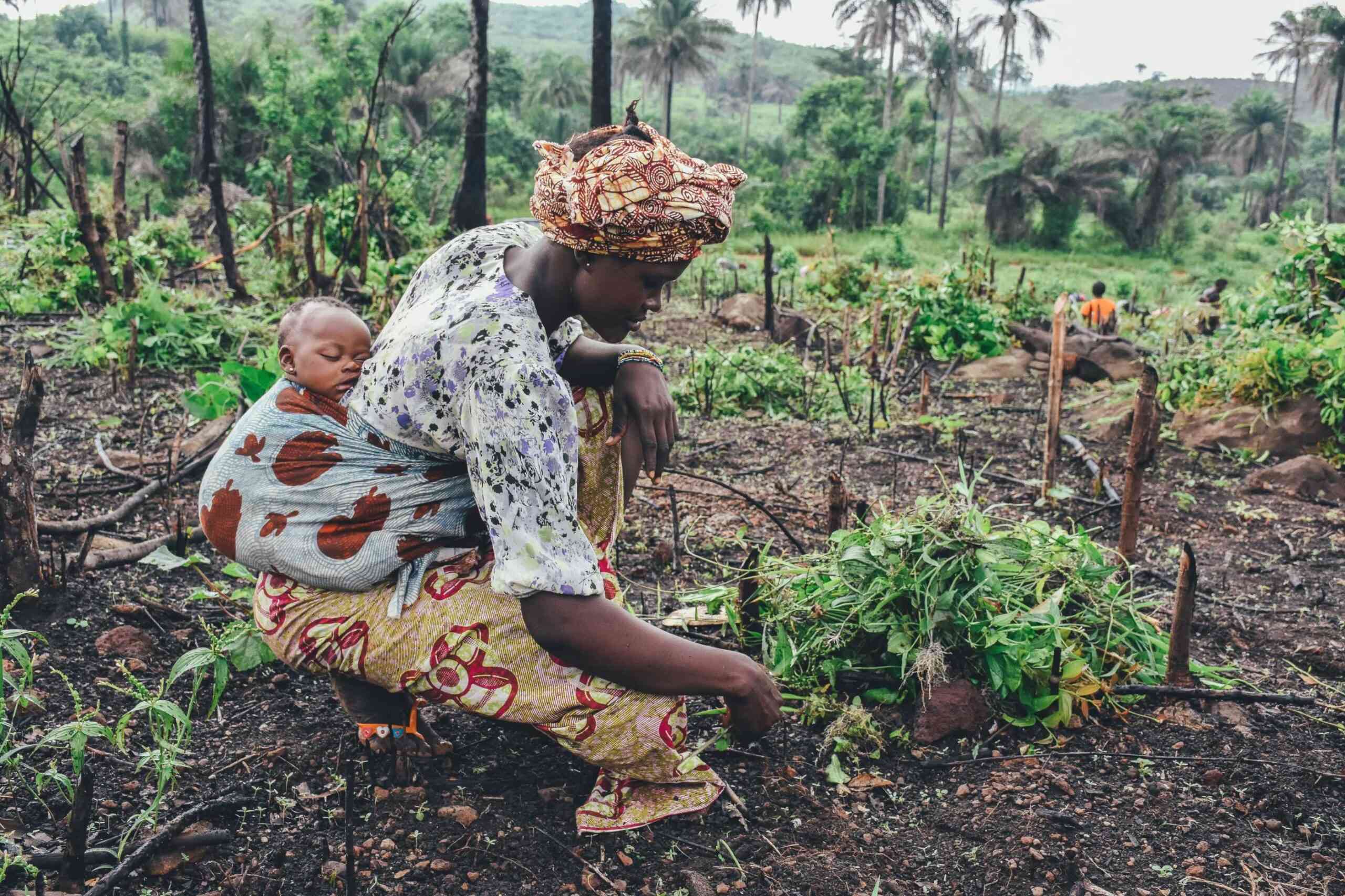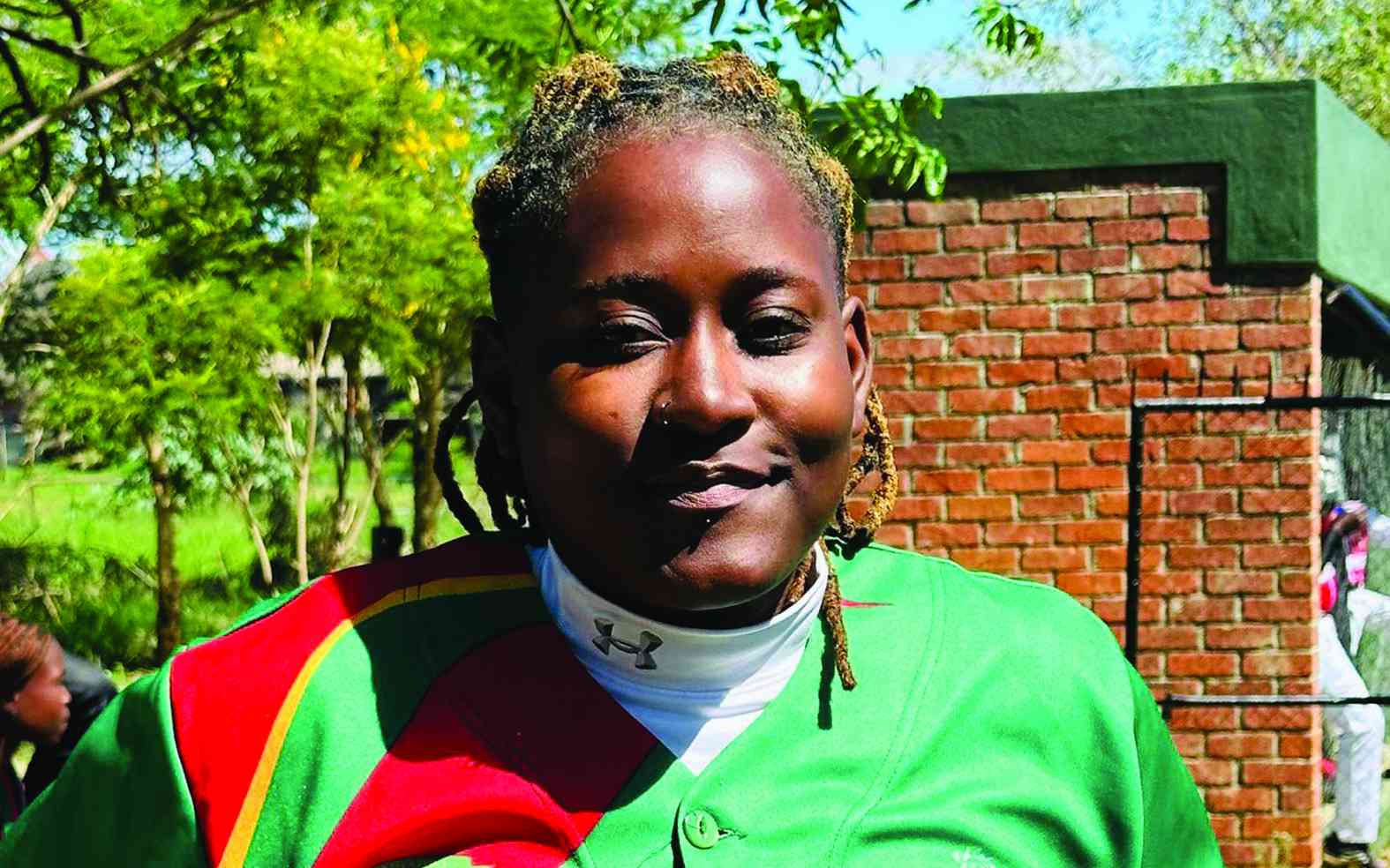
IN Zimbabwe, one in three girls are not able to read or write. In rural areas, this figure is even higher.
This has dire consequences for girls and their families, who face a bleak future without access to education.
Lack of access to education in the rural areas is having a devastating impact on the lives of girls and women in Zimbabwe.
According to a report by the United Nations Development Programme, only 52% of women in rural areas are literate, compared to the 70% of men.
This gap has had a significant impact on women’s ability to find employment and improve their living conditions.
Lately, there has been a steep rise in the number of child marriages especially in the rural areas as some dropout, while others are not able to pay their school fees due to poverty, walking long distances to school, access to information and other basic indicators for well-being and quality of life.
The World Bank report titled The high cost of not educating girls posits that in rural areas of Zimbabwe, a girl’s likelihood of completing lower secondary education is about half that of a boy and this disparity has not changed in the past 20 years.
Several factors have contributed to the gender gaps which include cultural norms and the economic necessity of early marriages because many girls drop out of school.
- Mavhunga puts DeMbare into Chibuku quarterfinals
- Bulls to charge into Zimbabwe gold stocks
- Ndiraya concerned as goals dry up
- Letters: How solar power is transforming African farms
Keep Reading
A lack of sanitary facilities at schools and inability of families to provide proper supplies prevent many girls from attending school during menstruation and poor education quality, particularly in rural areas thus reducing the perceived benefits of education to women.
Lack of proper infrastructure in rural area schools has also played a role in the demise of proper education to children who reside there, as some schools have no proper classes, in bad weather students rarely attend school for them to be safe.
I had an encounter with one girl in the remote areas of Lupane, Dandanda, she was fetching firewood in the morning around 10am, boldly I had to ask why she was not in school at that time, she answered with a sad voice that her parents could not afford fees thus she ended up helping with the chores.
She added that she was the eldest child in the family, thus it was important for her to help her parents with house chores and in the fields.
In addition to the cost of fees, lack of educational resources like books and computers makes it difficult for girls from remote areas to get proper education, without access to these resources they are unable to learn new skills they need to succeed in life.
An estimated 63% of rural pupils reportedly dropped out of school last year, with girls in the majority, according to a 2022 research by Amalgamated Rural Teachers Union of Zimbabwe (Artuz).
The findings are contained in an Artuz research document titled: Beyond geographies of inequality: Public Education Financing in Post-COVID-19 Zimbabwe.
The report revealed that there is a lack of reading skills with 85% of schoolchildren lacking reading skills, while 86% lack numerate skills compared to the urban schoolchildren where only 19% lack reading skills and only 14% lack numerate skills.
Last year there was a shortfall of 20 000 teachers and this affected rural schools more because there are some teachers who do not want to go teach where there are poor services and poor infrastructure.
Inappropriate teacher-pupil ratio tends to worsen teachers’ incapacitation.
In Zimbabwe, women in rural areas are often unable to access the internet and other ICTs, which limits their ability to access information and learn new skills.
For example, women in rural areas may not have access to online educational resources, which can make it difficult for them to acquire new skills or further their education.
This limits their ability to improve their earning potential and escape poverty. Additionally, the technology divide can limit women's access to markets for their products and services. For example, women farmers in rural areas may not be able to access online marketplaces, which can make it difficult for them to sell their crops.
The Zimbabwe Vulnerability Assessment Committee (ZimVAC) report on education and health 2022 highlights the significant disparities in educational attainment between rural and urban areas. The report reveals that a higher percentage of children in rural areas have never attended school or drop out of school early. It notes that children in rural areas are more likely to be out of school due to factors such as lack of resources or parental support.
According to the Unicef report, the completion rate for girls in urban areas of Zimbabwe is much higher than in rural areas. In 2019, the completion rate for girls in urban areas was 90%, compared to only 66% in rural areas.
These rates are much higher in rural areas, which is likely due to better access to schools and resources that girls in urban areas have.
Economic empowerment is essential for improving the situation of women in rural areas.
By providing access to financial resources and education, women can increase their earning potential and improve their quality of life.
There is need for similar educational systems in Zimbabwe, schools in the rural areas ought to be upgraded and given the same treatment as the ones in urban areas.
Neglect of these schools is depriving young girls and women of their rights to education and to proper infrastructure.
Globally over 258 million children and youth are out of school, with girls constituting 75% of those who may not set foot in a classroom (Unesco, 2019). The key question therefore becomes, what needs to change to ensure equitable and inclusive education for all?
- Marginalised girls and women’s involvement in policymaking
One way to increase the participation of marginalised girls in policy formulation is to create platforms for them to express their views and needs. This could be done through consultation workshops, online surveys and focus groups.
In addition, it is important to ensure that policy documents are available in local languages and formats that are accessible to all girls, including those with disabilities.
The use of technology, such as mobile phones and radios, can also be effective in reaching marginalised girls.
It is also important to increase the representation of women and girls in decision-making bodies, such as local councils and government ministries.
- Equality and inclusion in policies
Equality and inclusion are essential elements of policies that aim to improve the lives of marginalised girls. For example, policies should address issues such as gender-based violence, child marriage and access to education and healthcare.
These issues disproportionately affect marginalised girls and often prevent them from realising their full potential.
In addition, policies should be designed with the participation of marginalised girls in mind, so that they are relevant to their needs and experiences.
This can be done by involving girls and women's organisations, and by ensuring that girls are represented in policy-making bodies.
- Improved access to clean water and sanitation
Improved access to clean water and sanitation is another key policy issue for marginalised girls in rural areas.
Many girls and women in these areas do not have access to safe and reliable sources of water, which can lead to health problems, including diarrhoea and other waterborne diseases.
In addition, lack of sanitation facilities can have a negative impact on girls' education, as they may have to miss school in order to fetch water or use the toilet. Improved access to clean water and sanitation would help to reduce these burdens and allow girls to focus on their education and other opportunities.
The government of Zimbabwe has a task to make sure that there is increased investment in rural areas, and for increased efforts to ensure that girls have access to education and economic opportunities.
By investing in infrastructure, providing scholarships, and educating communities about the importance of girls' education, we can ensure that all girls have access to opportunities they need to succeed.
Investments in non-formal education should remain a top priority for policymakers by broadening the narrative on barriers to education.
Gary Gerald Mtombeni is a journalist based in Bulawayo.











